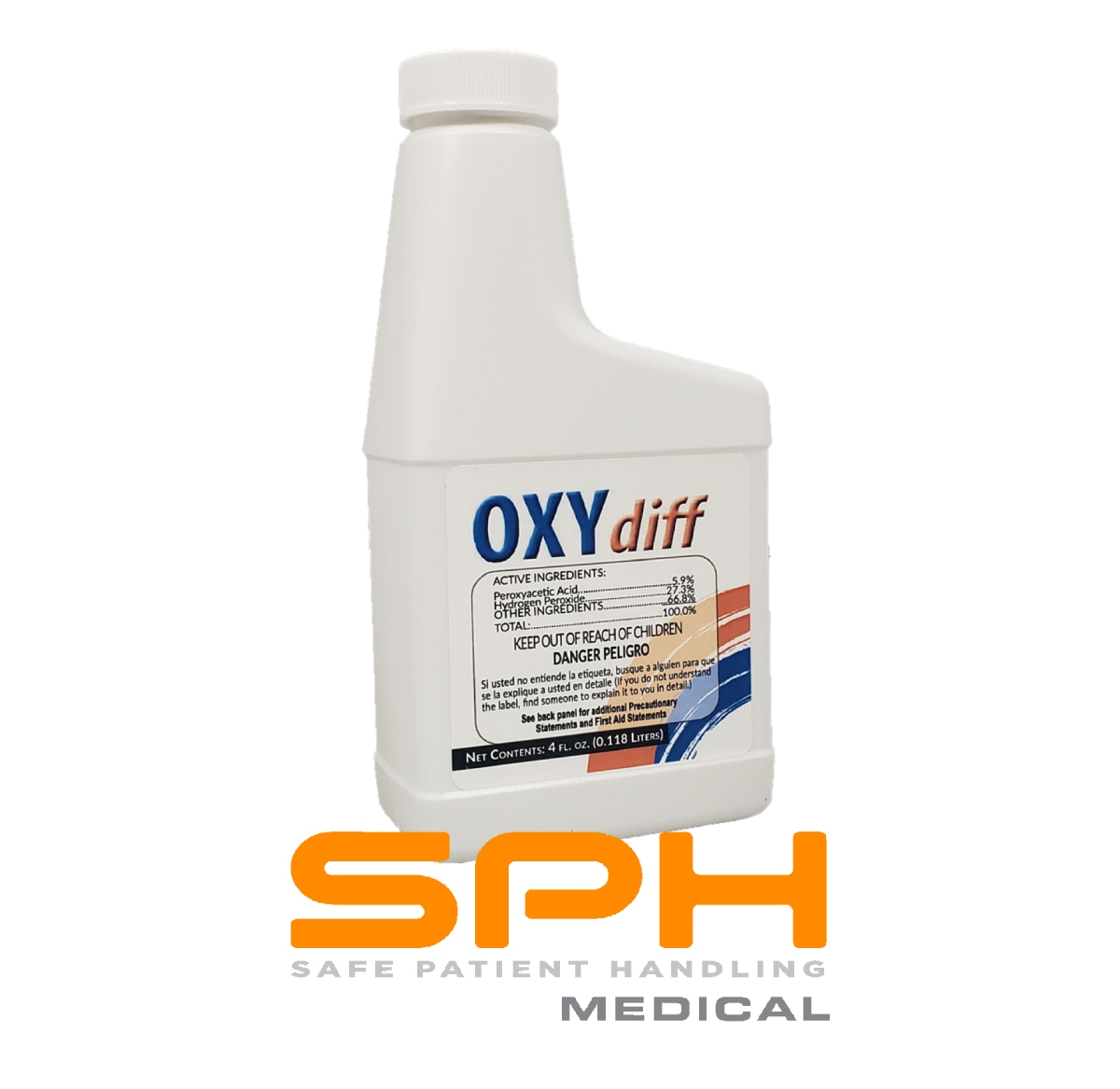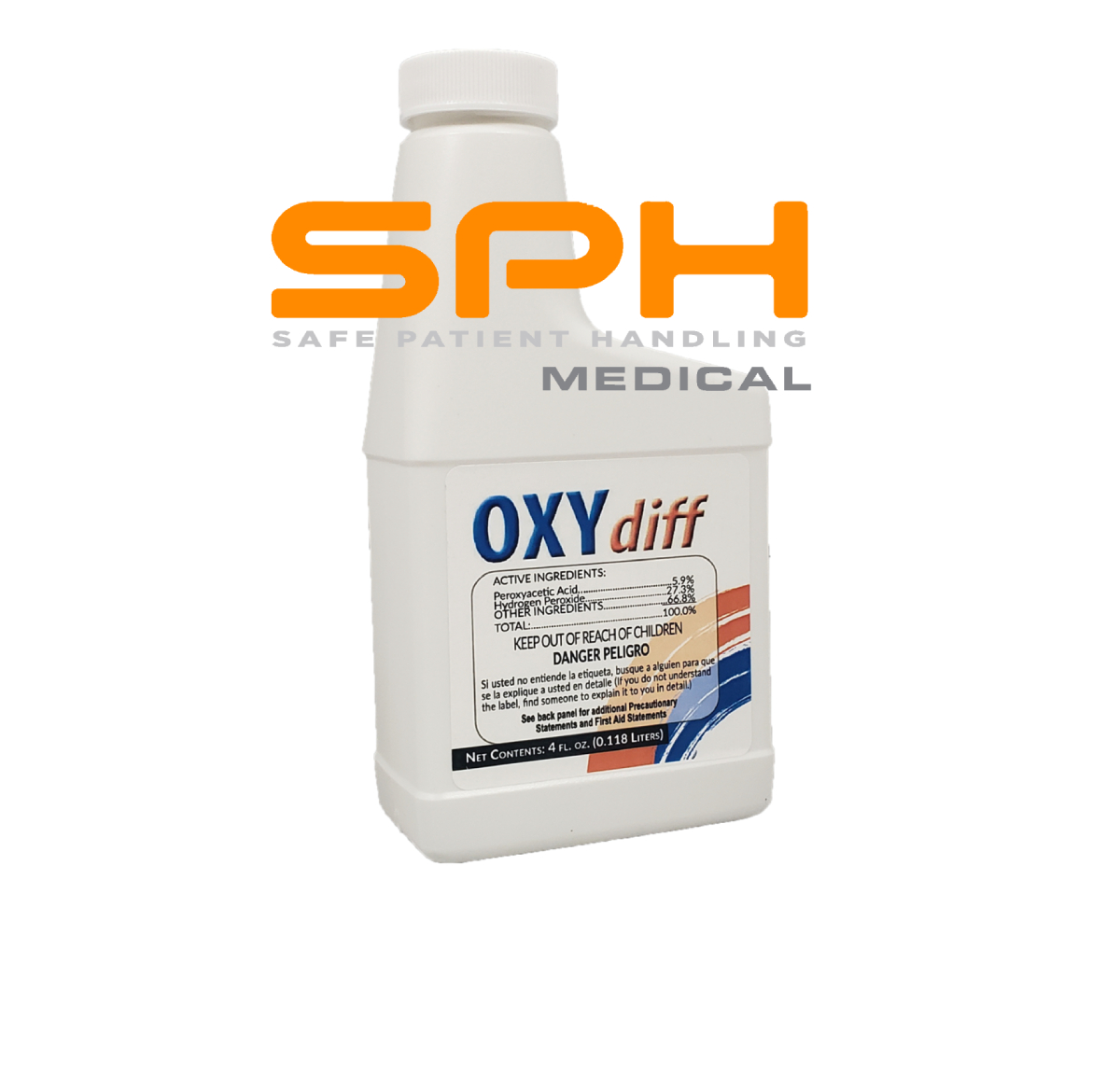Fighting Hospital Acquired Infections
Hospitals can sometimes be a breeding ground for infections, according to a study published by the Centers for Disease Control and Prevention (CDC), which revealed that every year close to 2 million Americans develop hospital acquired infections that further compromises their health. These infections, the study notes, are born of viral, bacterial, and fungal pathogens, and they can give way to surgical site infections (SSIs), bloodstream infections (BSIs), urinary tract infections (UTIs), and pneumonia. They can also increase a patient’s chances of developing C. diff, a specific type of bacteria that can cause severe diarrhea, nausea, fever, stomach pain, and other gastrointestinal problems. All hospital-acquired infections can jeopardize the health of patients and medical staff alike, but C. diff is one of the worst ones, according to hospital infection reports.
The Truth About C. Diff and How It Impacts Patients and Hospitals
Also known as clostridium deficile, C. diff is responsible for over 200,000 of the roughly 1.7 million hospital-acquired infections reported annually in the U.S., with the average annual cost of treatment coming in at around $6.3 billion. Most of the hospitals that have a problem with C. diff are those that use ineffective sanitizing and disinfectant products as a way to keep viral, bacterial, and fungal pathogens that cause infection at bay. Most patients become infected with C. diff after touching a surface contaminated with feces and touching their mouth before washing their hands. So that everyone is on the same page, C. diff bacteria and its associated spores are commonly found in feces.
What Hospitals Are Doing to Comply With CDC Guidelines for Minimizing Hospital-Acquired Infections
There is no denying the intent; all hospitals employ sanitizing and disinfecting processes that help minimize a patient’s chances of developing an infection. But some use better products than others; one of those products is Oxydiff, an EPA approved disinfectant that quickly kills methicillin-resistant Staphylococcus aureus (MRSA) and other infections caused by viral, bacterial, and fungal pathogens. Current data shows a large percentage of U.S. hospitals have made the powerful disinfectant their go-to for disinfecting hard surfaces, especially the ones likely to be contaminated with C.diff.
The Consequences of Not Using the Right Disinfectant to Prevent the Spread of Hospital-Acquired Infections
Quite a few consequences cans stem from not taking the necessary steps to minimize the risk of hospital-acquired infection, some of which include the following:
-
- Prolonged hospital stays – Patients who develop hospital-acquired infections often have to remain in a hospital much longer than anticipated, which leads to higher treatment costs. According to the CDC, the cost of treating hospital-acquired infections (HAIs) is more than $28 billion annually. It is also worth noting that the development of an HAI can make it harder to treat the condition that caused patients to visit the hospital in the first place.
- Lost wages – Hospital-acquired infections are known to lengthen recovery times for patients after they have left the hospital and have returned home. And this precludes them from returning to work as quickly as they would like, which leads to a loss of wages.
- Death – While rare, hospital-acquired infections can prove fatal for some patients. In a study published by the Alliance for Aging Research, researchers revealed an estimated 99,000 people die from these types of infections every year in the U.S.
Bottom Line
Despite being one of the most sanitary places anyone could find themselves in, infections do happen in hospitals. And they can sometimes have devastating consequences. But it is possible to minimize the spread of these infections by using a professional-grade, EPA approved disinfectant. Made up of a 5% peracetic acid disinfectant cleaner that cleans, disinfects, and deodorizes in a single step, Oxydiff is one of the best. According to the product’s manufacturer, it is a disinfectant that can destroy bacteria responsible for several infections, including those mentioned in this article, in as little as 2 minutes. With that being the case, it is easy to see why more and more hospitals are turning to this powerful disinfectant to help keep patients and medical teams safe.


